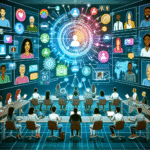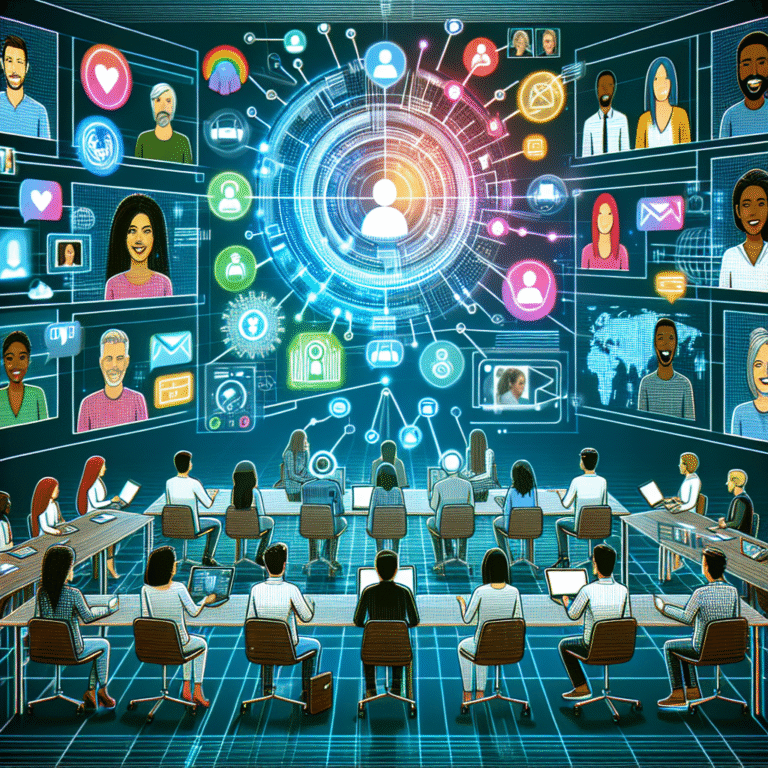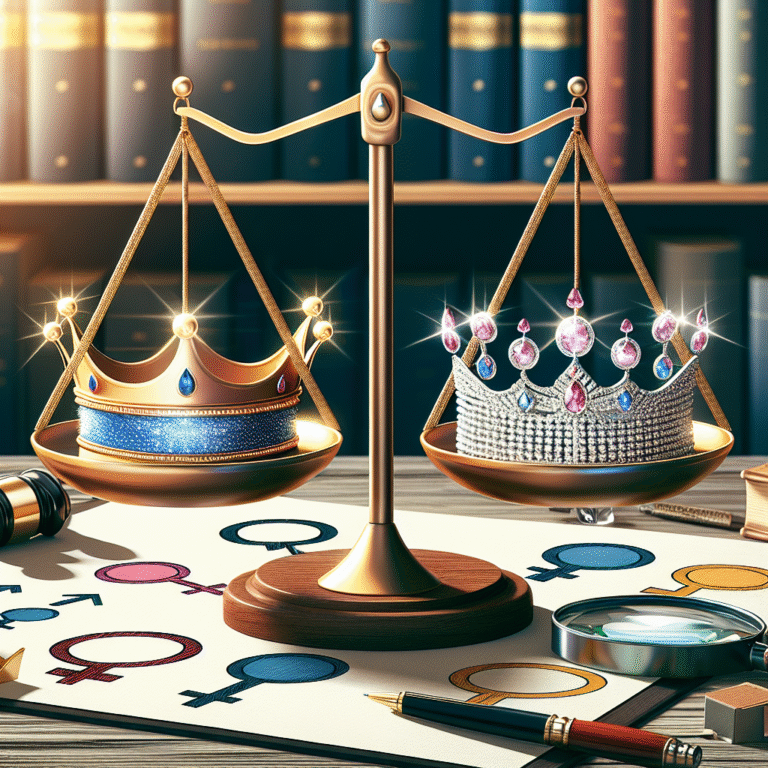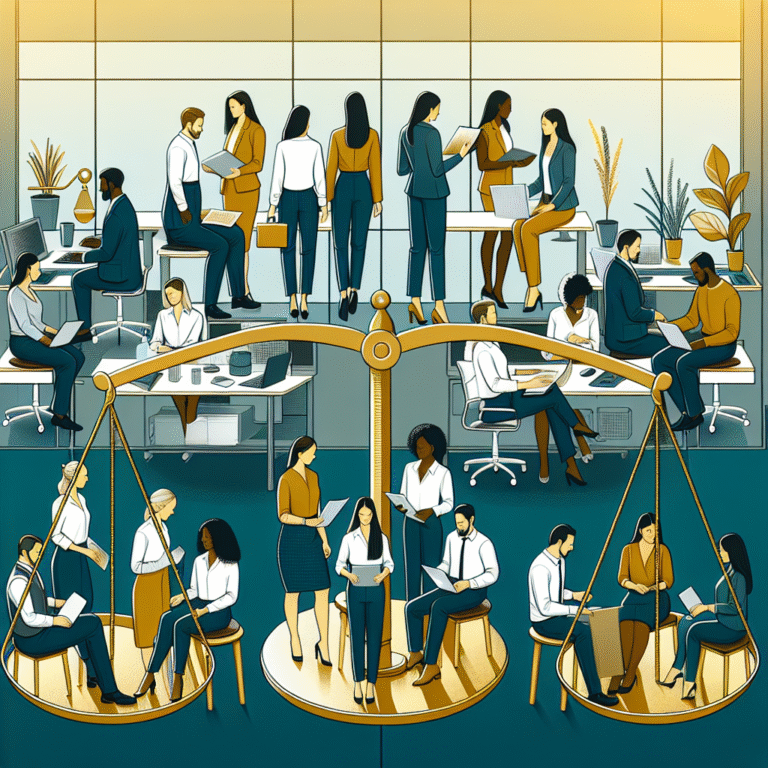
Introduction
In today’s interconnected world, media serves as a pervasive force shaping our perceptions, behaviors, and values. From films and television shows to social media and advertising, the imagery and narratives propagated through these platforms have profound implications on gender roles. The phrase “Media’s Influence on Gender Roles: A Double-Edged Sword” encapsulates the dual nature of this influence, where media can both empower and restrict, liberate and stereotype.
Understanding this duality is crucial as we navigate an era marked by rapid social change, growing awareness of gender issues, and the pursuit of equality. This article aims to explore how media influences gender roles in a nuanced and comprehensive manner, providing insights that are both thought-provoking and actionable.
The Foundations of Gender Roles in Media
Historical Context
To grasp the present-day influence of media on gender roles, we must first understand the historical backdrop. Traditional gender roles—often illustrated through rigid binaries of masculinity and femininity—have been propagated by media for decades. The mid-20th century saw women primarily depicted in domestic spheres while men dominated narratives as breadwinners and decision-makers.
Recent studies reveal that 60% of women in leading roles are still depicted in stereotypical ways—primarily focusing on their relationships or appearance rather than their professional abilities. Understanding this history underlines the importance of contemporary media representations.
Emerging Narratives
In response to societal calls for change, a plethora of media now challenges traditional gender norms. Notable examples include shows like The Handmaid’s Tale and Orange Is the New Black, which delve into complex portrayals of women’s identities and power dynamics. These narratives serve as counterpoints to earlier depictions and reflect a changing societal landscape.
Table 1: Evolving Gender Role Representations in Media
| Time Period | Dominant Media Representations | Common Stereotypes |
|---|---|---|
| 1950s-60s | Domestic roles for women, war heroes for men | Women as homemakers, men as authority figures |
| 1970s-80s | Emergence of independent women characters | Women as sexually liberated, men as protectors |
| 1990s-2000s | Complex characters emerging | Diverse roles but still often stereotypical |
| 2010-Present | Strong female leads and diverse gender identities | Empowering representations, yet challenges remain |
Media’s Influence on Gender Roles: The Positive Aspect
Empowerment Through Representation
One of the most significant positive impacts of media’s influence on gender roles has been the representation of diverse and empowering female characters. Films like Wonder Woman and Hidden Figures not only challenge stereotypes but also inspire audiences by highlighting women’s achievements across different spheres.
Case Study: Wonder Woman
Wonder Woman serves as an emblem of female empowerment, breaking the traditional mold of women in superhero roles. The character, portrayed by Gal Gadot, embodies strength, intelligence, and compassion. She has become a role model for young girls, showing that women can be protagonists in their own stories, capable of fighting for justice and equality.
Analysis: By diversifying the narrative, Wonder Woman positions women not as secondary characters but as complex individuals with agency. This shift in representation encourages society to rethink traditional notions of gender.
Social Media: A Platform for Change
Platforms like Instagram and TikTok have also played a pivotal role in redefining gender roles. In a space historically dominated by traditional narratives, users now create content that reflects a broader spectrum of gender identities and expressions.
Case Study: The Rise of Influencers
Influencers such as @LaverneCox and @JoshOchs engage their audiences with messages that challenge traditional gender norms. They utilize their platforms to discuss issues ranging from gender identity to acceptance and empowerment.
Analysis: By sharing personal stories and experiences, these influencers help dismantle stereotypes and broaden societal understanding of gender roles.
Media’s Influence on Gender Roles: The Negative Aspect
The Perpetuation of Stereotypes
Despite the progress made in representation, media can also reinforce negative stereotypes. Research indicates that women and men are frequently depicted in limiting ways, often relying on tropes that fail to capture their complexities.
Case Study: Adverts and Gender Stereotyping
A well-documented case is the portrayal of household products in ads, which often show women as caretakers and men as oblivious to domestic responsibilities. For instance, a 2021 study found that 45% of advertisements for cleaning products feature women exclusively, while men are notably absent.
Analysis: Such portrayals contribute to societal beliefs that associate women with domestic duties and men with authority, thereby perpetuating gender inequality.
Social Media and its Dark Side
On the flip side, social media can also facilitate the spread of harmful stereotypes and unrealistic expectations. Influencers often present curated, idealized lifestyles that can contribute to issues related to body image and self-esteem, particularly for young women.
Case Study: The Impact of Filters on Self-Image
Social media filters can distort perceptions of beauty, leading users to believe that their natural appearances are insufficient. A 2022 study indicated that over 70% of young women felt pressured to conform to these idealized images.
Analysis: This pressure can lead to a negative self-image and reinforce harmful stereotypes regarding appearance, demonstrating the darker side of media’s influence on gender roles.
Bridging the Gap: Finding a Balance
Media Literacy Education
To balance the double-edged sword that media wields regarding gender roles, media literacy education is essential. This education empowers individuals to critically engage with media, recognize stereotypes, and understand the broader social implications of various portrayals.
Community Initiatives
Local community initiatives, like workshops and discussion groups centered on media literacy, can provide platforms for dialogue about gender representation. By addressing media narratives collectively, communities have the opportunity to challenge harmful stereotypes and promote diversity.
Conclusion
In conclusion, navigating media’s influence on gender roles is akin to walking a tightrope. While there are empowering representations that can lead to a more equitable society, there are also pervasive stereotypes that serve to constrain. Engaging critically with media and fostering media literacy can help us harness its potential as a tool for positivity rather than a means of perpetuating inequality.
By acknowledging the dual nature of media’s influence on gender roles, we can strive for a future where gender stereotypes are not just challenged but dismantled, paving the way for authentic representations that celebrate the full spectrum of human experience.
FAQs
1. How does media influence gender roles in society?
Media influences gender roles by shaping perceptions through its narratives, imagery, and representations. It can either reinforce traditional stereotypes or challenge them, leading to societal change.
2. What are some examples of positive media representations of gender roles?
Films like Wonder Woman and TV shows like The Good Place offer empowering representations of women and challenge traditional gender roles, providing diverse narratives that inspire change.
3. What negative impacts can media have on gender roles?
Media can perpetuate harmful stereotypes, such as depicting women primarily in domestic roles or portraying male characters as aggressive and dominant, contributing to societal inequalities.
4. How can individuals combat negative media influences on gender roles?
Engaging in media literacy education, questioning stereotypes, and supporting diverse narratives can help individuals counteract negative portrayals and promote equality.
5. What role does social media play in shaping gender perceptions?
Social media can both empower and restrict gender perceptions. While it allows for diverse representation and conversation, it can also enable the spread of unrealistic standards and harmful stereotypes.
By investing the time to understand and analyze media’s influence, we can reclaim narratives and promote an inclusive future, ultimately fostering a society where gender roles are defined by individuals’ actions and not by prescribed societal norms.














